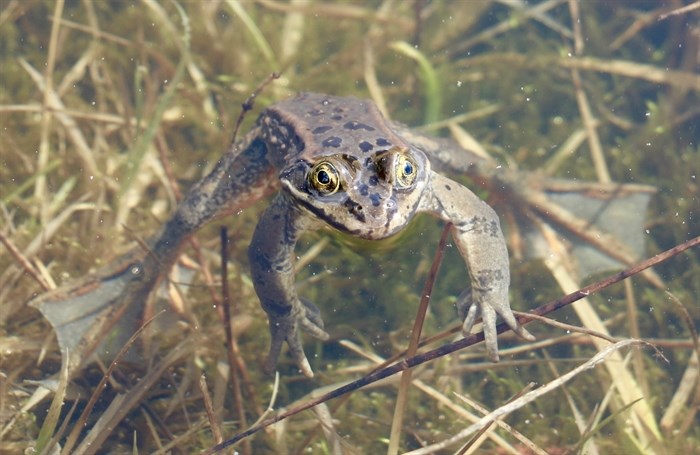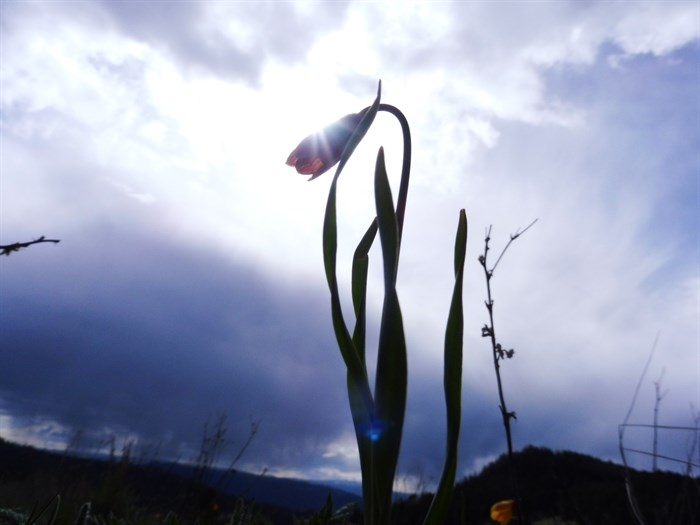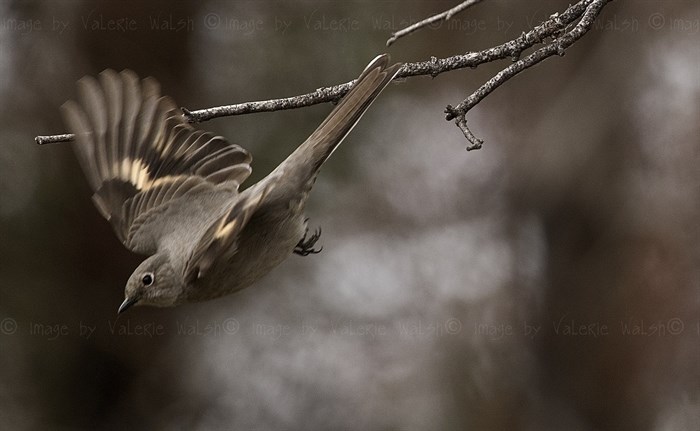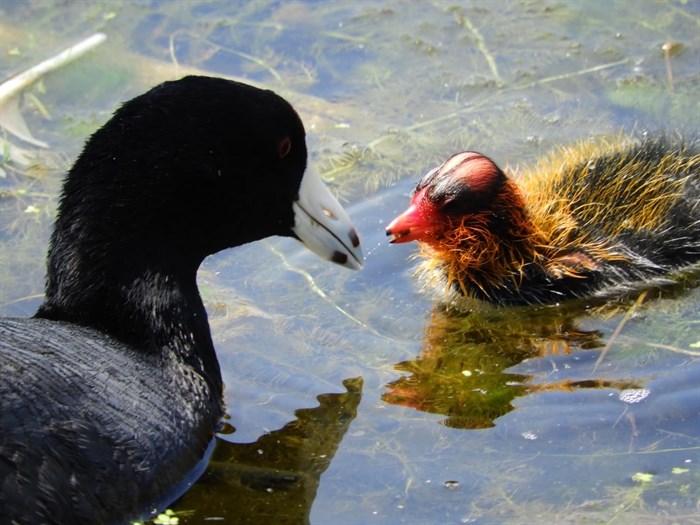Science
NASA Publishes Artemis Plan to Land First Woman, Next Man on Moon in 2024 – Stockhouse

WASHINGTON , Sept. 21, 2020 /PRNewswire/ — Following a series of critical contract awards and hardware milestones, NASA has shared an update on its Artemis program, including the latest Phase 1 plans to land the first woman and the next man on the surface of the Moon in 2024.
In the 18 months since NASA accepted a bold challenge to accelerate its exploration plans by more than four years and establish sustainable exploration by the end of the decade, the agency has continued to gain momentum toward sending humans to the Moon again for the first time since the last Apollo lunar mission in 1972.
“With bipartisan support from Congress, our 21st century push to the Moon is well within America’s reach,” said NASA Administrator Jim Bridenstine . “As we’ve solidified more of our exploration plans in recent months, we’ve continued to refine our budget and architecture. We’re going back to the Moon for scientific discovery, economic benefits, and inspiration for a new a generation of explorers. As we build up a sustainable presence, we’re also building momentum toward those first human steps on the Red Planet.”
In its formal plan, NASA captures Artemis progress to date, identifying the key science, technology and human missions, as well as the commercial and international partnerships that will ensure we continue to lead in exploration and achieve our ambitious goal to land astronauts on the Moon.
The agency’s powerful new rocket, the Space Launch System (SLS), and the Orion spacecraft are closer than ever to their first integrated launch. The spacecraft is complete while the core stage and its attached four engines are undergoing a final series of tests that will culminate in a critical hot fire test this fall.
Early Artemis Missions
Following a successful hot fire test, the core stage will be shipped to the agency’s Kennedy Space Center in Florida for integration with the spacecraft. NASA will launch an SLS and an Orion together on two flight tests around the Moon to check performance, life support, and communication capabilities. The first mission – known as Artemis I – is on track for 2021 without astronauts, and Artemis II will fly with crew in 2023.
In the Phase 1 plan, NASA notes additional details about conducting a new test during the Artemis II mission – a proximity operations demonstration. Shortly after Orion separates from the interim cryogenic propulsion stage, astronauts will manually pilot Orion as they approach and back away from the stage. This demonstration will assess Orion’s handling qualities and related hardware and software to provide performance data and operational experience that cannot be readily gained on the ground in preparation for rendezvous, proximity operations, and docking, as well as undocking operations in lunar orbit beginning on Artemis III.
While preparing for and carrying out these flight test missions, NASA already will be back on the Moon robotically – using commercial delivery services to send dozens of new science investigations and technology demonstrations to the Moon twice per year beginning in 2021.
In 2024, Artemis III will be humanity’s return to the surface of the Moon. After launching on SLS, astronauts will travel about 240,000 miles to lunar orbit aboard Orion, at which point they will directly board one of the new commercial human landing systems , or dock to the Gateway to inspect it and gather supplies before boarding the landing system for their expedition to the surface.
Wearing modern spacesuits that allow for greater flexibility and movement than those of their Apollo predecessors, astronauts will collect samples and conduct a range of science experiments over the course of nearly seven days. Using the lander, they will return to lunar orbit before ultimately heading home to Earth aboard Orion.
Work is progressing rapidly on the Gateway. NASA will integrate the first two components to launch – the power and propulsion element and the habitation and logistics outpost – in 2023. This foundation for the Gateway will be able to operate autonomously, conducting remote science experiments when astronauts are not aboard. NASA has selected the first two science instrument suites to conduct space weather investigations in lunar orbit before crew visits.
While NASA has not made a final decision to use the Gateway for Artemis III, Artemis IV and beyond will send crew aboard Orion to dock to the Gateway, where two crew members can stay aboard the spaceship in orbit while two go to the surface. Over time, the outpost will evolve, with new modules added by international partners, allowing crew members to conduct increasingly longer lunar missions.
As detailed in the agency’s concept for surface sustainability earlier this year, an incremental buildup of infrastructure on the surface will follow later this decade, allowing for longer surface expeditions with more crew. That concept calls for an Artemis Base Camp that would include new rovers, power systems, habitats, and more on the surface for long-term exploration of the Moon.
Throughout the Artemis program, robots and humans will search for, and potentially extract, resources such as water that can be converted into other usable resources, including oxygen and fuel. By fine-tuning precision landing technologies as well as developing new mobility capabilities, astronauts will travel farther distances and explore new regions of the Moon.
Learn more about NASA’s Artemis program at:
![]()
![]()
SOURCE NASA
Science
Voyager 1 transmitting data again after Nasa remotely fixes 46-year-old probe – The Guardian


Earth’s most distant spacecraft, Voyager 1, has started communicating properly again with Nasa after engineers worked for months to remotely fix the 46-year-old probe.
Nasa’s Jet Propulsion Laboratory (JPL), which makes and operates the agency’s robotic spacecraft, said in December that the probe – more than 15bn miles (24bn kilometres) away – was sending gibberish code back to Earth.
In an update released on Monday, JPL announced the mission team had managed “after some inventive sleuthing” to receive usable data about the health and status of Voyager 1’s engineering systems. “The next step is to enable the spacecraft to begin returning science data again,” JPL said. Despite the fault, Voyager 1 had operated normally throughout, it added.
Launched in 1977, Voyager 1 was designed with the primary goal of conducting close-up studies of Jupiter and Saturn in a five-year mission. However, its journey continued and the spacecraft is now approaching a half-century in operation.
Voyager 1 crossed into interstellar space in August 2012, making it the first human-made object to venture out of the solar system. It is currently travelling at 37,800mph (60,821km/h).
The recent problem was related to one of the spacecraft’s three onboard computers, which are responsible for packaging the science and engineering data before it is sent to Earth. Unable to repair a broken chip, the JPL team decided to move the corrupted code elsewhere, a tricky job considering the old technology.
The computers on Voyager 1 and its sister probe, Voyager 2, have less than 70 kilobytes of memory in total – the equivalent of a low-resolution computer image. They use old-fashioned digital tape to record data.
The fix was transmitted from Earth on 18 April but it took two days to assess if it had been successful as a radio signal takes about 22 and a half hours to reach Voyager 1 and another 22 and a half hours for a response to come back to Earth. “When the mission flight team heard back from the spacecraft on 20 April, they saw that the modification worked,” JPL said.
Alongside its announcement, JPL posted a photo of members of the Voyager flight team cheering and clapping in a conference room after receiving usable data again, with laptops, notebooks and doughnuts on the table in front of them.
The Retired Canadian astronaut Chris Hadfield, who flew two space shuttle missions and acted as commander of the International Space Station, compared the JPL mission to long-distance maintenance on a vintage car.
“Imagine a computer chip fails in your 1977 vehicle. Now imagine it’s in interstellar space, 15bn miles away,” Hadfield wrote on X. “Nasa’s Voyager probe just got fixed by this team of brilliant software mechanics.
Voyager 1 and 2 have made numerous scientific discoveries, including taking detailed recordings of Saturn and revealing that Jupiter also has rings, as well as active volcanism on one of its moons, Io. The probes later discovered 23 new moons around the outer planets.
As their trajectory takes them so far from the sun, the Voyager probes are unable to use solar panels, instead converting the heat produced from the natural radioactive decay of plutonium into electricity to power the spacecraft’s systems.
Nasa hopes to continue to collect data from the two Voyager spacecraft for several more years but engineers expect the probes will be too far out of range to communicate in about a decade, depending on how much power they can generate. Voyager 2 is slightly behind its twin and is moving slightly slower.
In roughly 40,000 years, the probes will pass relatively close, in astronomical terms, to two stars. Voyager 1 will come within 1.7 light years of a star in the constellation Ursa Minor, while Voyager 2 will come within a similar distance of a star called Ross 248 in the constellation of Andromeda.
Science
iN PHOTOS: Nature lovers celebrate flora, fauna for Earth Day in Kamloops, Okanagan | iNFOnews | Thompson-Okanagan's News Source – iNFOnews


Photographers are sharing their favourite photos of flora and fauna captured in Kamloops and the Okanagan in celebration of Earth Day.
First started in the United States in the 70s, the special day on April 22 continues to be acknowledged around the globe. It’s a day to celebrate the planet and a reminder of the need for environmental conservation and sustainability, according to EarthDay.org.
These stunning nature photos show life in ponds and forests, in skies and on mountains, capturing the beauty and wonder of our local natural environments.
Area photographers shared some of their favourite finds and artistic captures. From frogs to flowers, the great outdoors is teeming with life.
If you have nature photos you want to share, send them to news@infonews.ca.








To contact a reporter for this story, email Shannon Ainslie or call 250-819-6089 or email the editor. You can also submit photos, videos or news tips to the newsroom and be entered to win a monthly prize draw.
We welcome your comments and opinions on our stories but play nice. We won’t censor or delete comments unless they contain off-topic statements or links, unnecessary vulgarity, false facts, spam or obviously fake profiles. If you have any concerns about what you see in comments, email the editor in the link above. SUBSCRIBE to our awesome newsletter here.


Science
An extra moon may be orbiting Earth — and scientists think they know exactly where it came from – Livescience.com


A fast-spinning asteroid that orbits in time with Earth may be a wayward chunk of the moon. Now, scientists think they know exactly which lunar crater it came from.
A new study, published April 19 in the journal Nature Astronomy, finds that the near-Earth asteroid 469219 Kamo’oalewa may have been flung into space when a mile-wide (1.6 kilometers) space rock hit the moon, creating the Giordano Bruno crater.
Kamo’oalewa’s light reflectance matches that of weathered lunar rock, and its size, age and spin all match up with the 13.6-mile-wide (22 km) crater, which sits on the far side of the moon, the study researchers reported.
China plans to launch a sample-return mission to the asteroid in 2025. Called Tianwen-2, the mission will return pieces of Kamo’oalewa about 2.5 years later, according to Live Science’s sister site Space.com.
“The possibility of a lunar-derived origin adds unexpected intrigue to the [Tianwen-2] mission and presents additional technical challenges for the sample return,” Bin Cheng, a planetary scientist at Tsinghua University and a co-author of the new study, told Science.
Related: How many moons does Earth have?
Kamo’oalewa was discovered in 2016 by researchers at Haleakala Observatory in Hawaii. It has a diameter of about 100 to 200 feet (approximately 30 to 60 meters, or about the size of a large Ferris wheel) and spins at a rapid clip of one rotation every 28 minutes. The asteroid orbits the sun in a similar path to Earth, sometimes approaching within 10 million miles (16 million km).
window.sliceComponents = window.sliceComponents || ;
externalsScriptLoaded.then(() => {
window.reliablePageLoad.then(() => {
var componentContainer = document.querySelector(“#slice-container-newsletterForm-articleInbodyContent-UG4KJ7zrhxAytcHZQxVzXK”);
if (componentContainer)
var data = “layout”:”inbodyContent”,”header”:”Sign up for the Live Science daily newsletter now”,”tagline”:”Get the worldu2019s most fascinating discoveries delivered straight to your inbox.”,”formFooterText”:”By submitting your information you agree to the Terms & Conditions and Privacy Policy and are aged 16 or over.”,”successMessage”:”body”:”Thank you for signing up. You will receive a confirmation email shortly.”,”failureMessage”:”There was a problem. Please refresh the page and try again.”,”method”:”POST”,”inputs”:[“type”:”hidden”,”name”:”NAME”,”type”:”email”,”name”:”MAIL”,”placeholder”:”Your Email Address”,”required”:true,”type”:”hidden”,”name”:”NEWSLETTER_CODE”,”value”:”XLS-D”,”type”:”hidden”,”name”:”LANG”,”value”:”EN”,”type”:”hidden”,”name”:”SOURCE”,”value”:”60″,”type”:”hidden”,”name”:”COUNTRY”,”type”:”checkbox”,”name”:”CONTACT_OTHER_BRANDS”,”label”:”text”:”Contact me with news and offers from other Future brands”,”type”:”checkbox”,”name”:”CONTACT_PARTNERS”,”label”:”text”:”Receive email from us on behalf of our trusted partners or sponsors”,”type”:”submit”,”value”:”Sign me up”,”required”:true],”endpoint”:”https://newsletter-subscribe.futureplc.com/v2/submission/submit”,”analytics”:[“analyticsType”:”widgetViewed”],”ariaLabels”:;
var triggerHydrate = function()
window.sliceComponents.newsletterForm.hydrate(data, componentContainer);
if (window.lazyObserveElement)
window.lazyObserveElement(componentContainer, triggerHydrate);
else
triggerHydrate();
}).catch(err => console.log(‘Hydration Script has failed for newsletterForm-articleInbodyContent-UG4KJ7zrhxAytcHZQxVzXK Slice’, err));
}).catch(err => console.log(‘Externals script failed to load’, err));
Follow-up studies suggested that the light spectra reflected by Kamo’oalewa was very similar to the spectra reflected by samples brought back to Earth by lunar missions, as well as to meteorites known to come from the moon.
Cheng and his colleagues first calculated what size object and what speed of impact would be necessary to eject a fragment like Kamo’oalewa from the lunar surface, as well as what size crater would be left behind. They figured out that the asteroid could have resulted from a 45-degree impact at about 420,000 mph (18 kilometers per second) and would have left a 6-to-12-mile-wide (10 to 20 km) crater.
There are tens of thousands of craters that size on the moon, but most are ancient, the researchers wrote in their paper. Near-Earth asteroids usually last only about 10 million years, or at most up to 100 million years before they crash into the sun or a planet or get flung out of the solar system entirely. By looking at young craters, the team narrowed down the contenders to a few dozen options.
The researchers focused on Giordano Bruno, which matched the requirements for both size and age. They found that the impact that formed Giordano Bruno could have created as many as three still-extant Kamo’oalewa-like objects. This makes Giordano Bruno crater the most likely source of the asteroid, the researchers concluded.
“It’s like finding out which tree a fallen leaf on the ground came from in a vast forest,” Cheng wrote on X, formerly known as Twitter.
Confirmation will come after the Tianwen-2 mission brings a piece of Kamo’oalewa back to Earth. Scientists already have a sample of what is believed to be ejecta from Giordano Bruno crater in the Luna 24 sample, a bit of moon rock brought back to Earth in a 1976 NASA mission. By comparing the two, researchers could verify Kamo’oalewa’s origin.
Editor’s note: This article’s headline was updated on April 23 at 10 a.m. ET.
-



 Science22 hours ago
Science22 hours agoOsoyoos commuters invited to celebrate Earth Day with the Leg Day challenge – Oliver/Osoyoos News – Castanet.net
-



 Politics22 hours ago
Politics22 hours agoHaberman on why David Pecker testifying is ‘fundamentally different’ – CNN
-
News23 hours ago
Freeland defends budget measures, as premiers push back on federal involvement – CBC News
-
Economy23 hours ago
The Fed's Forecasting Method Looks Increasingly Outdated as Bernanke Pitches an Alternative – Bloomberg
-



 Health21 hours ago
Health21 hours agoIt's possible to rely on plant proteins without sacrificing training gains, new studies say – The Globe and Mail
-
Business22 hours ago
Gildan replacing five directors ahead of AGM, will back two Browning West nominees – Yahoo Canada Finance
-



 Tech21 hours ago
Tech21 hours agoMeta Expands VR Operating System to Third-Party Hardware Makers – MacRumors
-



 Tech23 hours ago
Tech23 hours agoWe tried these three beauty products this week. Here are our thoughts – Vancouver Sun









